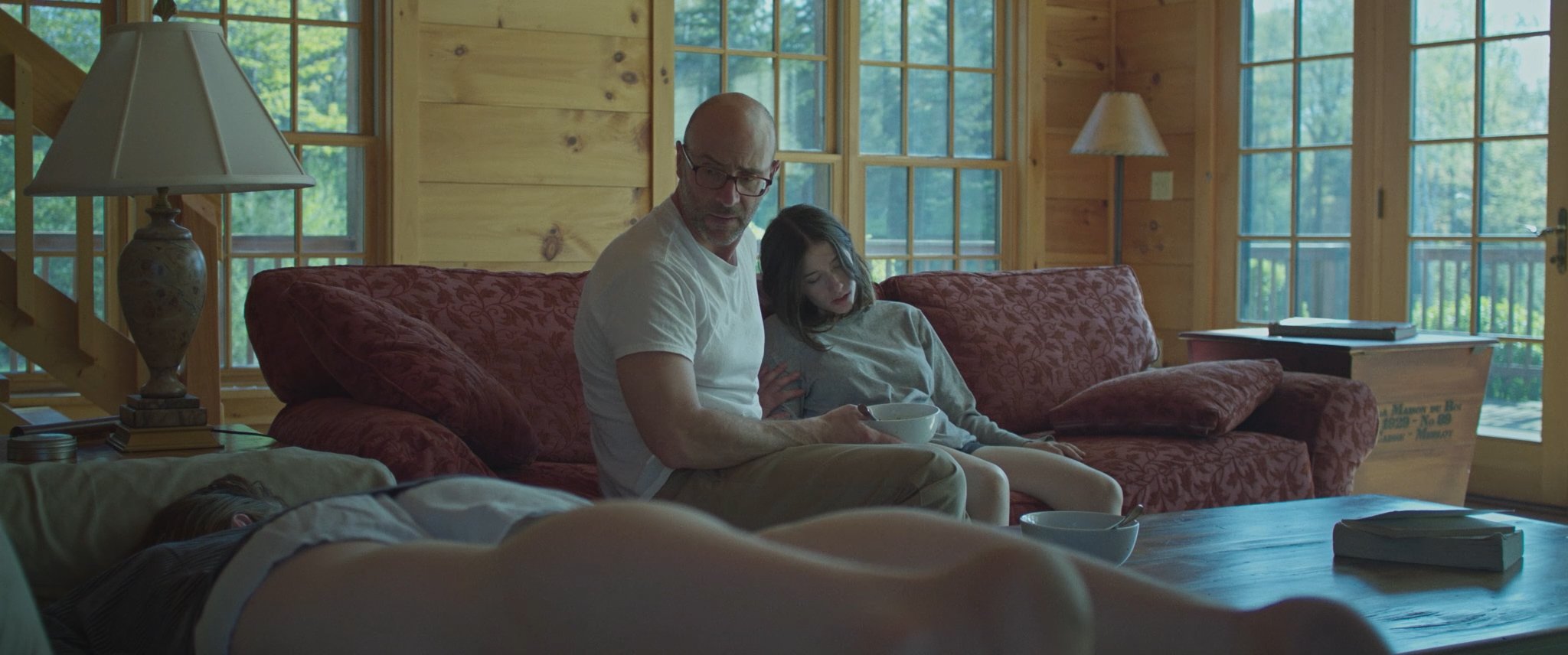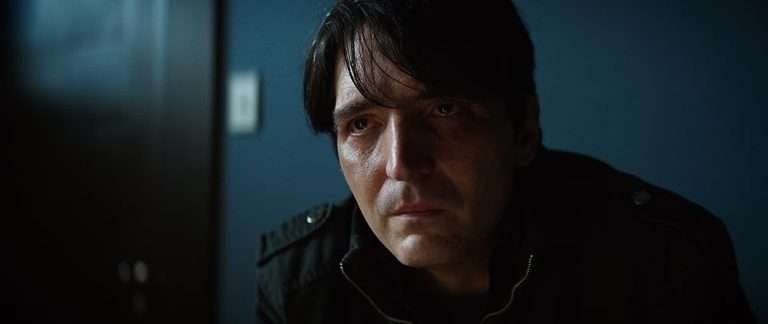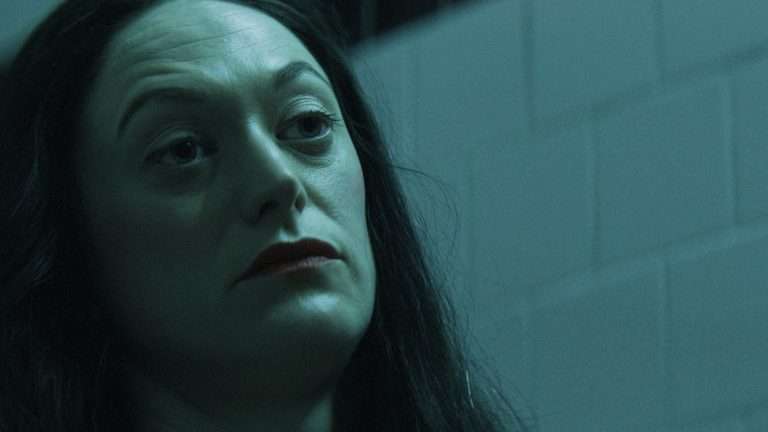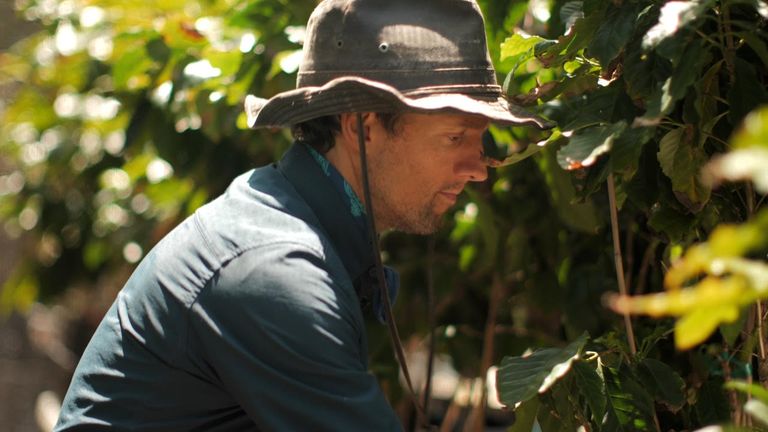In debut director Barak Barkan’s tactfully titled ‘Silence and Darkness‘, power prevails in showing. Barkan, who also wrote the screenplay, creates an atmospheric chamber piece that relies heavily on what is perceived rather than what is relayed. There is a pointedly unnerving sense of doom that hovers on the narrative building on intuition and faith. Running at a taut length of 81 minutes, Barkan has made an absorbing, mysterious thriller of real depth and ambition.
Silence and Darkness revolve around two sisters Beth (Joan Glackin) who is deaf; and Anna (Mina Walker), who is blind. They are literally inseparable, filling in the inadequacy in each of their lives- working through sign language, cooking, dancing and even teaching each other to sing. They live a rather secluded existence with their only guardian, their father (Jordan Lage), who is a doctor.
Similar to Silence and Darkness – Who We Are Now Review [2018]: A Hopeful Story mired in Despair
Early scenes establish the symbiotic relationship between the daughters as they help each other through the daily chores and seem completely devoted to their father. We also learn about the professional space their father inhabit outside the home, and the impression grows twisted. Working with a sharp eye for a wide lens, Barkan quickly establishes the semblances of their individuality within a few scenes. We sense the air of doom when we see how their father injects them with doses that keep them drugged afterward. We also come to terms with the past through a brief, violent reaction at dinner – how their mother had died after Beth was born, their father says. By this point, we don’t trust him anymore.
When the neighbor Mrs. Bishop’s, (Sandra Gartner) dog unearths a maggot-infested human bone beside the front side lawn, their father dismisses it by saying, “I think Mrs. Bishop may be off her meds.” But this untaps something in Anna who grows gradually overbearing with this piece of discovery and wants to know more. She wants to know more and more about the bones and instructs her sister to dig the ground. Her insistence on Beth learning the guitar for her becomes indulgent and unnecessarily off-limits. Soon, Beth is rushed away due to alleged contact with a virus, but when she returns – she has completely changed, both physically and mentally. How will Anna ever know what went wrong? Who will know about the bone? Will they ever know the truth of it all?
Silence and Darkness has an often muted manner of narrative growth, that is not always rewarding to its characters or its audiences. Just like the setting, which is limited to the confines of the wooden house of their inhabitation, even the audiences are sucked in without necessary exposure to the events that follow. This works mostly for Barkan’s favor, even though the proceedings in the second half slow down a bit.
Also, Read – Certain Women [2016]: Review
Here it is only through the finely tuned performances of Glackin and Walker by which the scenes bridge towards a haunting, although expected finale. Lage provides able support with a twisted character. Special recognition is also due to the lighting, and staging of these scenes in particular, which are effectively frightening. There are no grand statements of female emancipation, and the currents flow steadily within the narrative with a refreshing clarity of action.
Barkan’s sensibility as a director is effective and chilling at parts but ultimately falls short of a well-rounded script, that loses some of its force at the midpoint. The talent show part, for instance, could have been edited out easily from the narrative. But there is a palpable sense of theatricality and dread to the manner in which the events pan out, providing ample amounts of genuine thrill. In certain thematic concerns, it reminded me of Yorgos Lanthimos’ Dogtooth (2009), but Silence and Darkness treads the same path lightly. This is an earnest, rigorous film – one that you must visit with all your senses, unaware.
★★★
Silence and Darkness Links – IMDb








![Séance on a Wet Afternoon [1964] Review– A Visually Entrancing and Superbly Written Character Study](https://79468c92.delivery.rocketcdn.me/wp-content/uploads/2021/10/Seance-on-a-Wet-Afternoon-1964-768x432.jpg)